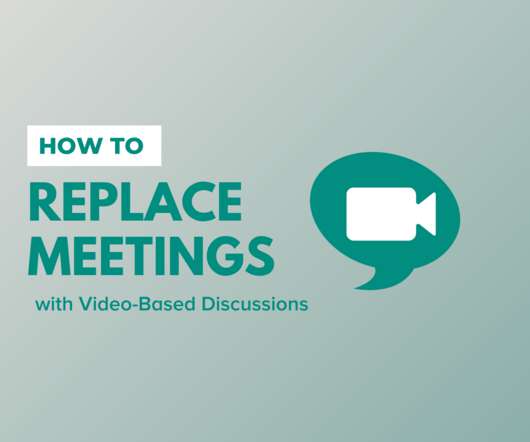10 Tips for Using Synchronous E-Learning
Capytech
NOVEMBER 21, 2018
10 Tips for Using Synchronous E-Learning. Synchronous e-learning can deliver incredible results with learners enjoying the experience and you achieving your training goals. As with most training strategies, however, you must make sure you use best practices when deploying synchronous e-learning courses. Outline Your Objective.















Let's personalize your content